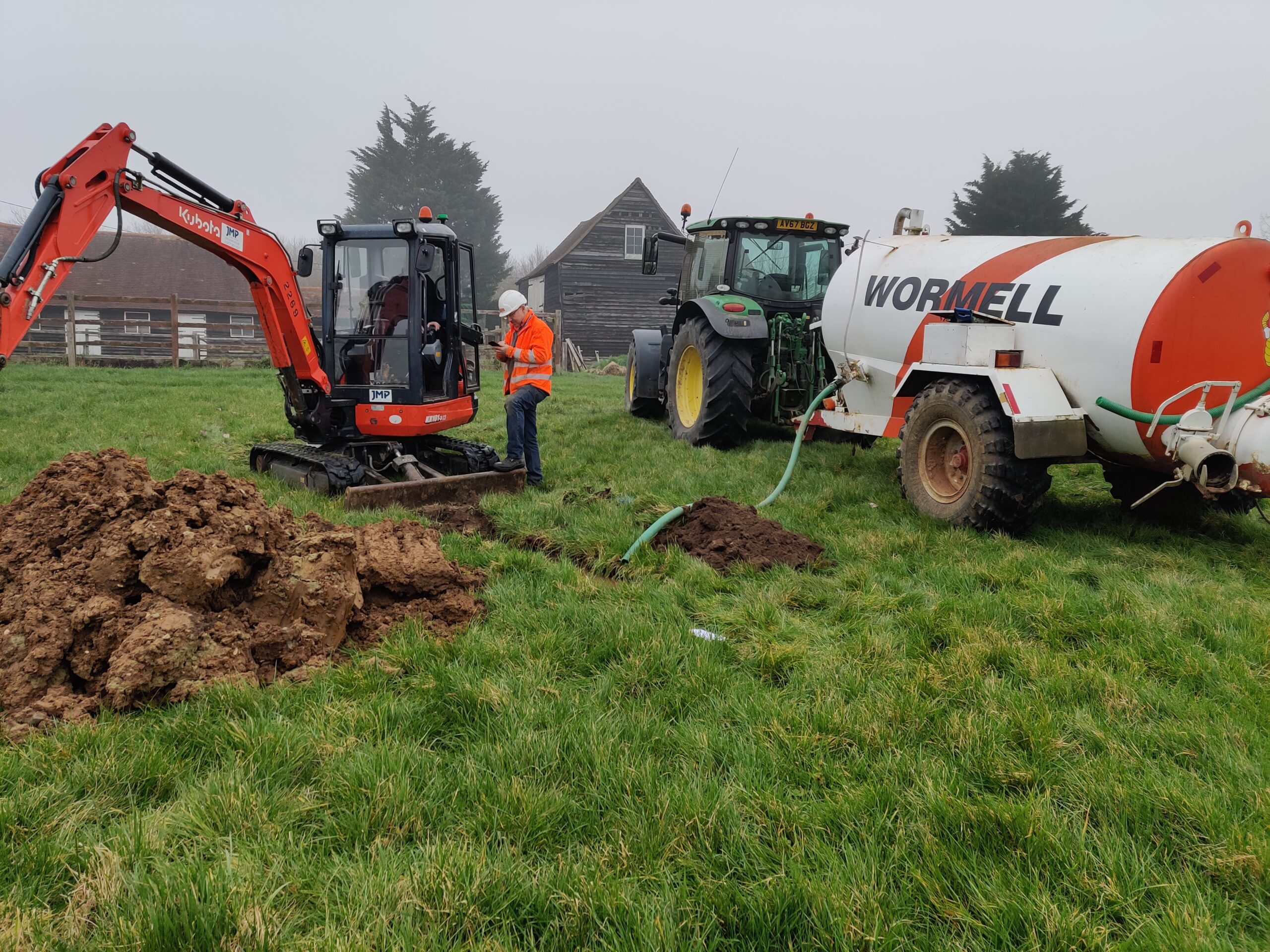
Phase I Desktop Study and Preliminary Risk Assessment
Building Compliance Testing Limited can provide you with thorough and efficient Desktop Studies, Conceptual Site Models and Preliminary Risk Assessments
Phase One Desktop Study and Preliminary Risk Assessment
A Phase 1 Desktop Study (also more recently known as a LCRM Stage 1) and Preliminary Risk Assessment forms part of an initial Contaminated Land Survey. The Desktop Study is designed to provide a qualitative assessment overview of the risks to current and future occupants and the wider environment from any contamination which might be present on or in close proximity to the study site.
The Desktop Study is the initial assessment that is required under current guidance from the Environment Agency issued in October 2020 (LCRM).
The report uses various sources of information including historical Ordnance Survey maps, geological records, groundwater vulnerability maps, flood maps, radon atlases, pollution incident records and regulatory records.
There are many reasons why you may need to undertake a Phase 1 Desktop study including:
Due diligence – prior to purchasing a site, it is prudent to identify and evaluate any potential risks associated with the site and the potential obligations that the buyer will be required to undertake as this could affect the value of the site or impact upon lending against the site.
Planning conditions – the desktop study is often required to accompany a planning application or to discharge a planning condition.
The objective of the study will be to formulate a Conceptual Model and Preliminary Risk Assessment.
Contaminated Land Desktop Study
The desktop study will include;
– A physical site description including geology, hydrogeology, etc.
– The expected condition of soil and vegetation.
– A review of current and historical maps.
– Comments on previous, present and proposed uses of the site and the direct vicinity.
– Details of any waste disposal practices.
– Details of spillage or pollution incidents.
– A search of the Council Building Control Records.
– A search of the Council Planning Records.
– An appreciation of the potential receptors on and outside the site.
Site Reconnaissance
Site reconnaissance or site walk is a crucial component of a Contaminated Land Phase 1 Desktop Study and Preliminary Risk Assessment. Its purpose is to gather first-hand information about the site and its surroundings. Here’s why it’s important:
Site Characterisation: It helps in understanding the physical characteristics of the site, such as its topography, geology, hydrogeology, and land use history. This information is essential for identifying potential sources of contamination and pathways through which contaminants may migrate.
Identification of Potential Hazards: By visually inspecting the site and its surroundings, potential sources of contamination, such as nearby industrial facilities, waste disposal sites, or underground storage tanks, can be identified. Additionally, any visible signs of contamination, such as staining, odours, or unusual vegetation, can be noted.
Assessment of Site Access: Site reconnaissance allows for an evaluation of accessibility to the site, including roads, pathways, and any potential barriers that may hinder further investigation or remediation efforts.
Health and Safety Considerations: It provides an opportunity to assess potential health and safety hazards present at the site, such as unstable structures, exposed contaminants, or physical hazards. This information is crucial for ensuring the safety of personnel conducting further investigations or remediation activities.
Data Validation: Site reconnaissance helps validate the information obtained from desktop studies and historical records by providing real-time observations and confirming the accuracy of existing data.
Conceptual Site Model
Through the Desktop Study the development of a Conceptual Model that identifies potential source-pathway-receptor linkages (pollutant linkages) based initially on a consideration of desk-based and site reconnaissance information on the characteristics of the site and its environmental setting;
Risk estimation and evaluation using generic assessment criteria. This allows refinement of the Conceptual Model on the basis of factual information on the condition of the land (site investigation data) and involves comparison between observed concentrations of contaminants in environmental media against relevant and applicable generic assessment (or screening) criteria; and
Risk estimation and evaluation using site specific assessment criteria. This involves further refinement of the Conceptual Model on the basis of more detailed, site specific information on the condition of the land, and the use of relevant and applicable exposure models and site specific assumptions to estimate risks.
The Preliminary Risk Assessment
The Preliminary Risk Assessment is a qualitative judgement about the potential human health and environmental risks that may be associated with a site, and represents the first of the three phases outlined above.
Other Services
We can also offer a variety of specialist services through our Partners, including:
– Phase II Intrusive Site Investigation
– Groundwater, Gas and Leachate Monitoring
– Verification Services
– TRL Dynamic Cone Penetrometer Testing
 Phase 1 Frequently Asked Questions
Phase 1 Frequently Asked Questions
Questions? We’ve Got Answers!
Find below a list of common frequently asked questions about Desktop Studies and Preliminary Risk Assessments.
How much does a Phase 1 Contaminated Land Assessment cost?
This all depends on factors such as site context, site history and site size. Generally our prices start from £850+VAT
How long does it take to carry out a Phase 1 Desktop Study and Preliminary Risk Assessment?
We can typically turnaround a Phase 1 within 10 working days. However, if we require further information, say from the Local Planning Authority this may take longer. We will always keep you updated.
Do you need to carry out a site visit to complete a Phase 1?
Yes – site reconnaissance and walk-over of the site and surrounding area (typically within a 250m radius of the site) is an important part of any Phase 1 to obtain site context, understanding possible sources, pathways, receptors and obtain the required photographic evidence requested by many Local Planning Authorities and Environmental Health teams.
Will my site need an intrusive site investigation and remediation?
Not always, but that is why we start with a Phase 1 Assessment to risk assess the site before further investigations.
 Building Compliance Testing empowers the built environment sector to deliver projects that go beyond environmental planning and building regulation compliance.
Building Compliance Testing empowers the built environment sector to deliver projects that go beyond environmental planning and building regulation compliance.
From concept to completion, we provide all your building compliance testing
under one roof.
Build. Comply.
Sitemap
Careers
Privacy Policy
Terms and Conditions
 Contact Us
Contact Us
Office Address
26 Wantz Road, Maldon Essex CM9 5DE
Call Us 24/7
01621 493594
Email Us
contact@buildingcompliancetesting.com
Follow Us
@build_comply

